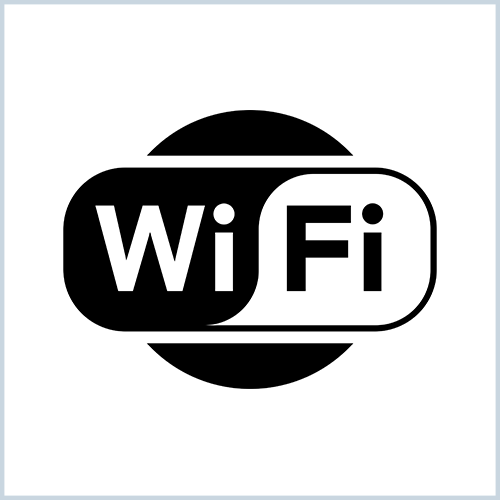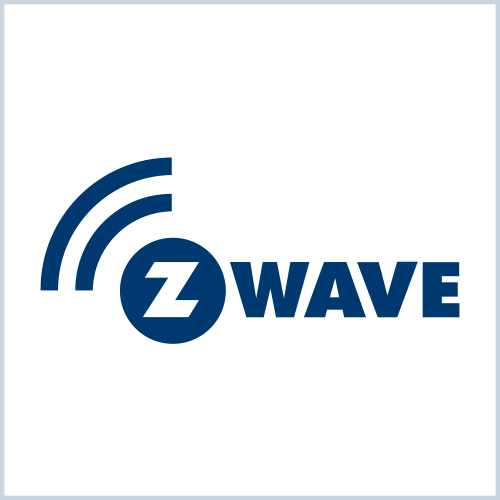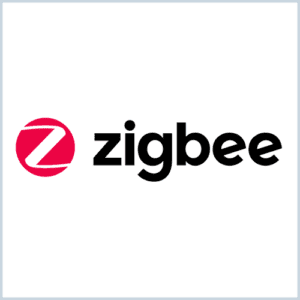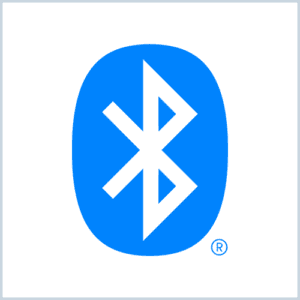How to Choose the Best Smart Lock Tech for Your Vacation Rental
Choosing the right smart lock can be a daunting task considering all the hardware options on the market. What if you make a bad investment? Nobody wants to be locked into the wrong technology or limited by a disappointing feature set. Every smart lock’s “smarts” come from their ability to connect to access control software via the cloud, so it’s that connection technology that defines many of the strengths and weaknesses of a lock. Let’s look at some of the most common smart lock technologies:

Wi-Fi Locks
These smart locks are controlled using Wi-Fi network connectivity and require batteries to operate. Wi-Fi locks are cloud-enabled and typically connect to the internet in intervals to check-in and send information to the cloud or receive information from the cloud. Since these locks leverage your existing Wi-Fi network and do not require additional gateways to connect to a network, they are often the easiest and most cost-effective solution for rental properties.
But what happens when you have a Wi-Fi or power outage? These smart locks are battery-powered and will continue to function as normal during an outage.

Z-Wave Locks
These smart locks are controlled via Z-Wave, a wireless mesh network, that must be connected to a “hub” in order to bridge a connection to the local Wi-Fi network. Aside from requiring an additional hub to connect to your network, Z-Wave enabled smart locks feature the same benefits as Wi-Fi smart locks.
An added benefit of Z-Wave locks is their compatibility with other smart home devices, like Google Home, Amazon Alexa, Nest, and others. Unlike Wi-Fi enabled locks, these locks don’t need to connect in intervals and are always connected. This constant connection means that you can control them with smart home software and get faster performance than with a Wi-Fi enabled smart lock. If you’re looking for a high-tech smart home experience, these locks provide the best user experience for your guests.

Zigbee Locks
Zigbee (similar to Z-Wave) is a wireless mesh network that must also be connected to a local hub to bridge a connection to a Wi-Fi network. The primary difference between Zigbee and Z-Wave networks is that Zigbee devices operate at a higher frequency, resulting in a lower range of signal but typically consuming less power. Currently, there is a smaller selection of Zigbee enabled locks on the market than Z-Wave locks.

Bluetooth Locks
These locks require pairing with another connected device, typically a mobile phone, to allow entry. When the device is within a certain range, it will send a signal to the bluetooth-enabled smart lock to enable access. While bluetooth locking technology is still in nascent stages, a significant benefit of bluetooth locks is their ability to grant access without a user scanning or searching for a device.
Bluetooth may provide convenient control when you’re able to be within the limited range of the lock (usually a few dozen feet), but keep in mind that Bluetooth control is useless to you when you aren’t on the property. One of the major benefits of a smart lock is its ability to be controlled from anywhere, so make sure any Bluetooth-enabled lock you purchase can also connect via Wi-Fi or Z-Wave.
Wired Access Control Hardware
Wired access control hardware is the costly but powerful option for larger properties with more traffic. This system is hardwired into a building’s power supply and requires a control panel to operate, resulting in a more expensive installation — but providing a very secure and reliable solution for heavy-traffic entries such as exterior doors, garages, and elevators. They’re perfectly suited for multi-family buildings, lodges, and resorts.
Wired access control hardware can still be connected to the cloud, be controlled remotely, and provides many benefits over other seemingly more tech-advanced access solutions. This hardware requires expert consultation, installation, and maintenance to ensure the system is best-fit for your property.
Choosing Between Wi-Fi and Z-Wave
Since Wi-Fi is a common amenity for vacation rentals, Z-Wave and Wi-Fi enabled smart locks are the right choice for most properties. Either technology gives you remote control of your property access and can be easily managed from your access control software. So, how do you decide whether to use Z-Wave or Wi-Fi?
While both of these dominant technologies offer a convenient and high-tech experience for users, deciding between Wi-Fi and Z-Wave locks primarily depends on whether you have additional smart home devices already present within residential units. A solution using Wi-Fi enables locks to connect directly to the internet, whereas a Z-Wave network enables multiple devices to speak to each other, and requires a hub to bridge a connection with the local Wi-Fi network. For example, perhaps your residential space contains a Nest thermostat and smart lights.
Ultimately, there are fantastic smart locks available for either technology, and the choice between Z-Wave and Wi-Fi comes down to your property’s needs. If you hope to provide an experience that allows residents to control many smart home devices including smart locks from one platform or mobile app, a Z-Wave solution is the place to start. And while Z-Wave is more energy-efficient than Wi-Fi, keep in mind a hub can only control devices within a limited range — typically about 30 feet. Respectively, Wi-Fi is a great solution if you aren’t managing other smart home devices, because it doesn’t require a Z-Wave hub and connects directly to your Wi-Fi network.

RemoteLock
Universal Access Control
We provide cloud-based, access control software that empowers those in the multifamily, vacation rental, commercial and related industries to remotely manage and control access to any space from anywhere in the world.
